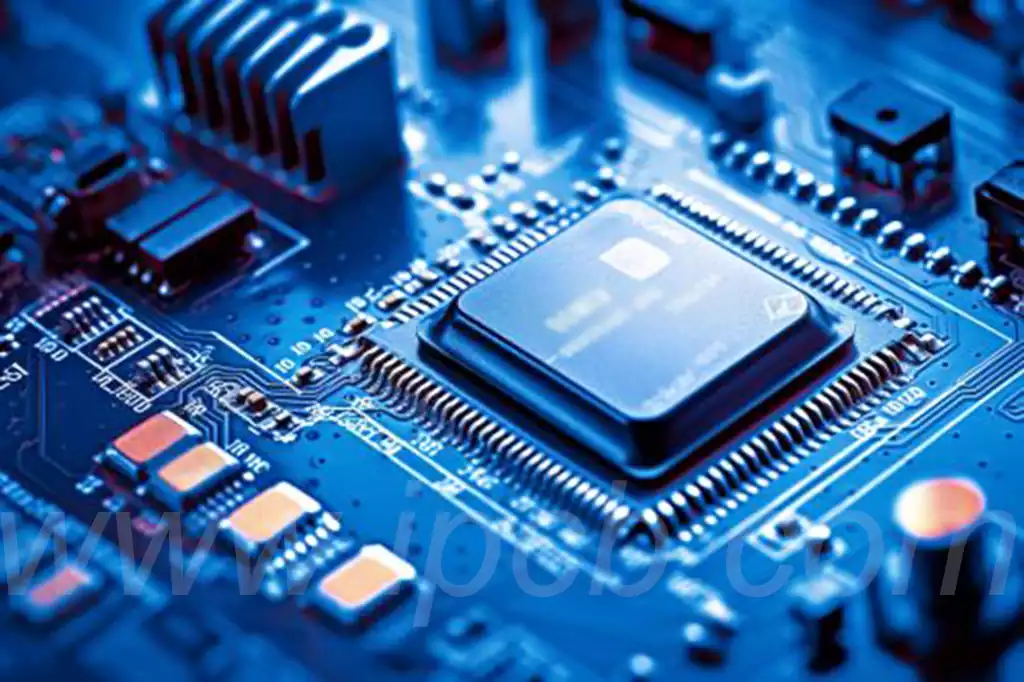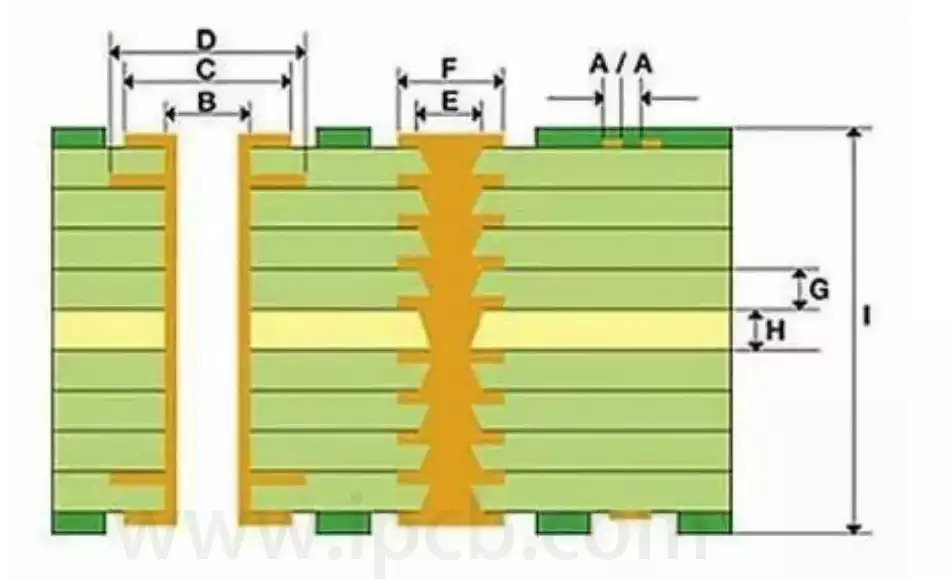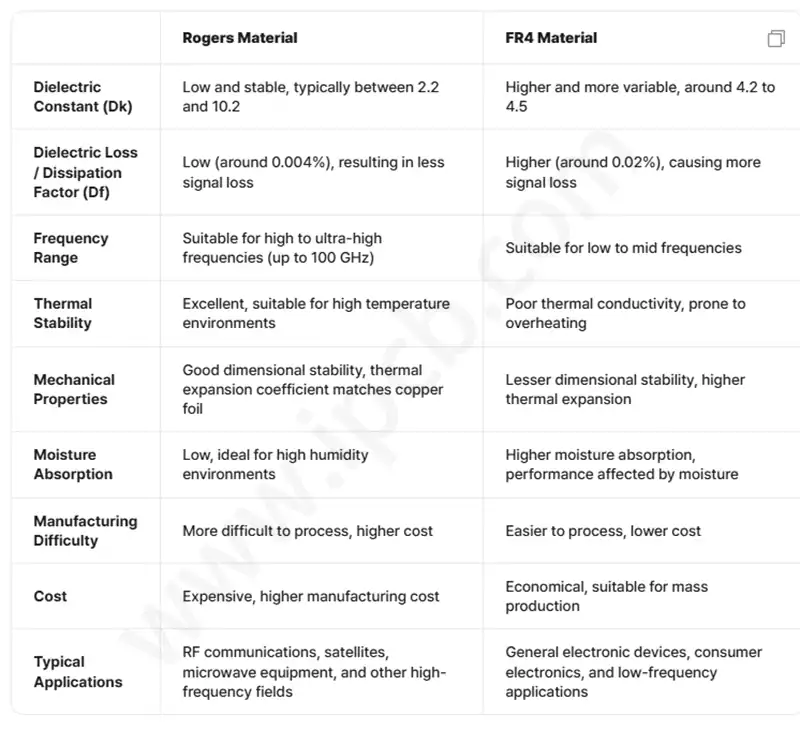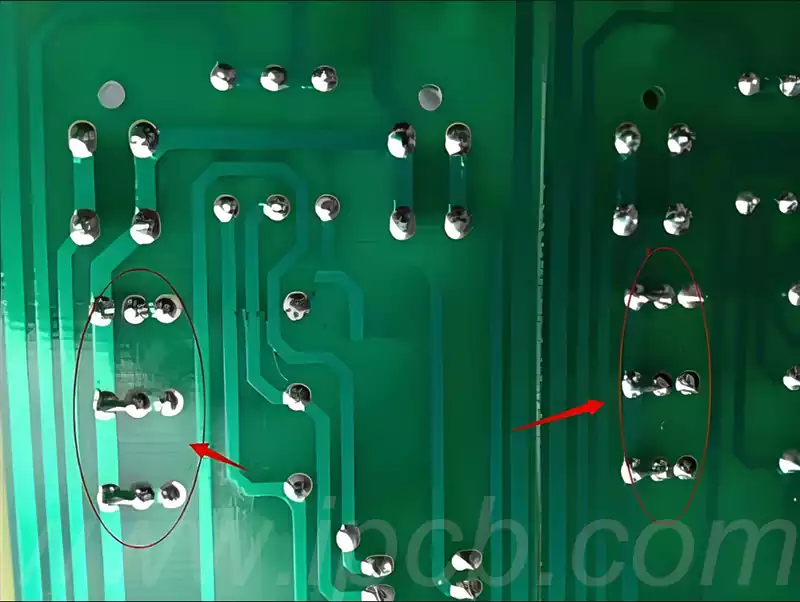Monolithic Microwave Integrated Circuit (MMIC) is a special type of microwave circuit that integrates active and passive components on a semi-insulated semiconductor substrate on the same chip to form functional circuits for applications in the microwave frequency band. Operating frequencies can range from 1 GHz to well over 100 GHz, and many different technologies and circuit approaches can be used. The addition of the term “monolithic” is necessary to distinguish them from existing microwave integrated circuits (MICs), which are a number of discrete active and passive components composed of a mixture of solder or conductive epoxy adhesive.The active and passive components are integrated on a common substrate. These are called integrated circuits, and they are an alternative to the use of hollow metal waveguides that contain active components and require extensive mechanical design and shop-floor machining issues.
When designing a monolithic microwave integrated circuit (MMIC), there are several fundamentals that must be considered to ensure the performance and stability of the circuit.
- Component Integration
The core concept of monolithic microwave integrated circuits is to integrate active components (such as transistors) and passive components (such as resistors, capacitors, and inductors) on the same semiconductor substrate. This significantly reduces the size of the circuit, improves signaling efficiency, reduces the effects of parasitic inductance and capacitance, and thus enhances the overall performance of the circuit. - Material Selection
Material selection is critical to the performance of the MMIC. Commonly used semiconductor materials include Gallium Arsenide (GaAs) and Indium Phosphide (InP), which have high electron mobility and excellent microwave transmission characteristics, and can effectively reduce noise and improve the frequency range. Choosing the right material can optimize circuit loss, dynamic range and thermal performance. - Impedance Matching
Impedance matching is an important principle in microwave circuit design to maximize signal transmission efficiency and reduce reflections. During the design process, it is necessary to ensure that the input and output impedances of the MMIC are matched to optimize power transfer and gain and avoid signal loss. - Circuit Topology
Choosing the right circuit topology is another key to the design. Different circuit configurations (e.g., common emitter, common source, amplifier structure, etc.) will affect gain, frequency response and stability. The design engineer needs to consider the circuit’s operating frequency and desired functional characteristics. - Simulation and Testing
During the design process, simulation tools are used to predict circuit performance and optimize the design. Through electromagnetic simulation and signal simulation, the response of the circuit under different conditions can be evaluated to ensure the feasibility of the design. After completing the simulation, actual testing is a necessary step to validate the design to ensure that the performance meets expectations. - Thermal Management
Thermal management cannot be ignored in the design due to the heat buildup of the device in high power applications.
Monolithic microwave integrated circuits (MMICs) play a vital role in 5G communications, mainly in the following areas:
1.Power amplifier
MMICs are widely used as power amplifiers (PAs) in 5G systems, which can improve the transmission power and coverage of signals. Efficient power amplifiers are the key to ensuring the quality of 5G communications,especially in millimeter-wave band (mmWave) applications,where the use of gallium nitride (GaN)-based MMICs can achieve higher power density and better thermal efficiency to meet high data transmission requirements.
- Low Noise Amplifier
In the process of receiving signals,low noise amplifiers (LNA) are used to improve the quality of signals and reduce noise interference. the integrated features of MMICs enable high-performance low-noise amplification in compact sizes, improving signal processing,which is particularly important for 5G communications in high-frequency and complex environments. - Phased array antenna
Monolithic microwave integrated circuits (MMICs) also play an important role in phased-array antennas. the MMICs are able to provide the independent phase and amplitude tuning required by each antenna element, which is critical to realizing the wide bandwidth and high capacity needed in 5G networks. By utilizing MMICs, 5G systems can implement massive multiple-input multiple-output (MIMO) technology, effectively improving the efficiency and quality of wireless transmissions. - Signal Processing
MMICs also have important applications in signal processing.Their ability to integrate multiple functions simplifies the design of 5G base stations and other devices. MMICs can effectively perform signal amplification,modulation and demodulation,as well as other complex signal processing tasks,thereby improving transmission rates and overall system performance. - Small Base Stations and Dense Networks
In dense urban environments,MMIC applications can support the deployment of small base stations, which are critical for capacity enhancement in 5G networks. These small base stations utilize MMIC technology to enhance communication capabilities and ensure that users have stable connectivity even in high-density areas (e.g., stadiums, shopping malls, etc.).
When choosing MMIC materials, GaAs is commonly used in high-frequency, high-speed applications due to its superior high-frequency performance and low-power characteristics, and is particularly suitable for the demanding wireless communications sector. Silicon, on the other hand, dominates in a wide range of cost-sensitive applications by virtue of its mature technology system and lower cost. In specific applications, the decision to select a material usually requires a combination of performance requirements and cost considerations.

Advantages and Disadvantages of Gallium Arsenide
Advantages
High Electron Mobility: Gallium Arsenide (GaAs) has a high electron mobility and saturation drift rate, making it excellent for high frequency applications. This characteristic allows GaAs devices to outperform silicon devices in terms of signal processing speed and efficiency.
Low Power Consumption: GaAs devices typically operate more efficiently at the same power consumption, thus providing greater power output and better performance in high frequency applications. This feature makes them ideal for use in areas such as mobile and satellite communications.
Ideal high-frequency performance: GaAs is able to operate efficiently at frequencies in excess of 4 GHz, whereas silicon does not perform well in this band. This makes GaAs the material of choice for microwave integrated circuits (MMICs).
Disadvantages
Brittle: GaAs is poor in mechanical strength, prone to brittle fracture, and difficult to fabricate and process. This makes it less stable than silicon in some applications.
High Manufacturing Costs: GaAs is generally more expensive to manufacture and process, which can create a disadvantage in cost-sensitive applications.
Low Thermal Conductivity: GaAs has low thermal conductivity, which can lead to thermal fatigue issues during high power operation. This makes applications in high temperature environments limited.
Advantages and Disadvantages of Silicon
Advantages
Mature industrial technology: Silicon (Si) is well established in the semiconductor industry, and its production and processing technologies are relatively well developed and cost effective, making it suitable for mass production.
High mechanical strength: Silicon’s high mechanical strength allows it to withstand greater physical stress, making it suitable for a wide range of applications.
Good integration: The high degree of integration of silicon technology allows multiple components to be realized on the same chip, reducing overall design complexity and cost.
Disadvantages
Higher loss: Silicon has higher signal loss in high frequency applications than GaAs, and does not perform as well as GaAs.
Frequency limitations: Silicon performance degrades significantly at frequencies above 4 GHz, making it unsuitable for high-frequency applications such as microwave integrated circuits.
Difficulty in forming insulating layers:While silicon can easily form silica as an insulating layer,it is more complex to use,whereas GaAs presents challenges in this regard.
Advantages of monolithic microwave integrated circuits
Low Circuit Loss
Monolithic microwave integrated circuits (MMICs) significantly reduce circuit losses by integrating multiple functions on the same chip and reducing the number of connections between components. This results in higher transmission efficiency and improved signal quality .
Low Noise Levels
MMICs are designed to effectively reduce noise and provide clearer signals than are possible with conventional microwave circuits. This feature is important, especially in applications that receive weak signals, such as wireless communications and radar.
Wide Bandwidth and High Dynamic Range
MMICs are able to support a wider operating bandwidth and higher dynamic range,allowing them to excel in multiple frequency applications.This makes them widely used in modern communication systems.
Miniaturization and Lightweighting
By integrating multiple components into a single chip,MMICs can significantly reduce the size and weight of electronic devices, which is a major advantage for portable devices and military applications.
High Reliability and Performance
The high level of integration allows monolithic microwave integrated circuits to offer enhanced reliability, while also simplifying manufacturing and assembly processes and improving overall performance.
In the context of today’s rapidly evolving communications technology, monolithic microwave integrated circuits (MMICs) are becoming a core component of microwave electronics. By integrating active and passive components on the same chip, MMICs not only significantly improve signaling efficiency, but also reduce the size and cost of circuits to meet the needs of high-frequency, high-performance applications. Whether in 5G communication, radar system, or other advanced wireless communication occasions, MMIC has shown its irreplaceable and important role. With the continuous progress and innovation of technology, we can foresee that MMICs will play an even more critical role in future communication systems, driving the revolution of high-frequency communication while laying a solid foundation for a smarter and more efficient network environment.



